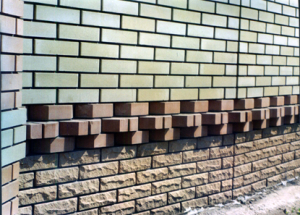Most people who do not particularly understand the specifics of making brick products, conditionally divides this wall material into red and white bricks. In rare cases, you can get a good explanation of the fundamental differences that are actually based on the use of different production technologies and various ingredients in the composition.
Content
Features of the production of silica brick
Compared with conventional red brick, essentially new silicate products can not boast of a centuries-old and rich history: their mass production became possible only after the development and modernization of technologies for processing raw materials of synthetic origin.
Unlike traditional red brick, obtained mainly from a mixture of clay, white brick material is made from a mixture of sand, lime and additional pigment components.
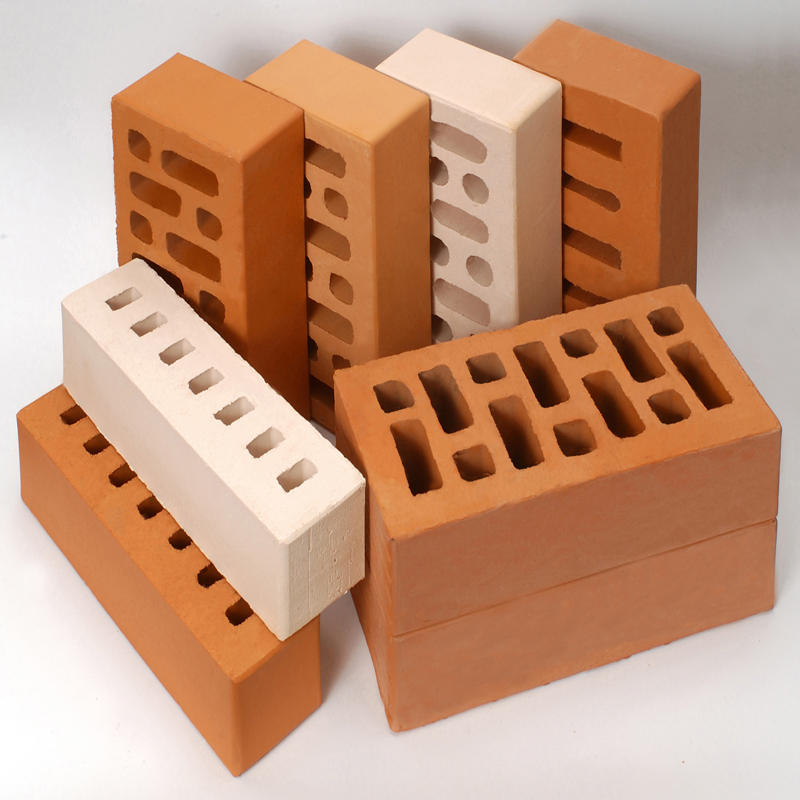
The technology of manufacturing and the composition of silicate brick products has nothing to do with the characteristics of the production of red brick, but they have many qualities and characteristics that are inherent in the ordinary building brick: high strength and reliability of the structure, frost resistance and exceptional durability.

For the production of silica brick, the so-called autoclave synthesis technology is used, according to which a special artificial stone, silicate brick, is formed from a prepared solution of quartz-sand, lime and pigment additives under the influence of hot steam, pressure and high temperature. Such manufacturing technology is usually called non-firing.
Quality finished product is different regular geometric shapes and smooth edges without chips. Its weight reaches 4 kg, and the sizes, according to the established standards, are:
- for full-bodied modular bricks - 250x129x65mm,
- for a solid single 250 × 120 × 65mm.
Silicate bricks can be obtained in two ways: drum and silage.
First option It involves determining the amount of sand by volume, and lime by weight. Each of these ingredients enters a separate hopper, under which is located a common for all gas firing drum. The thoroughly crushed lime and sand in certain proportions are moved to the drum, which, after filling, is hermetically sealed and begins a progressive, continuous rotation, during which the lime and sand are first mixed in a dry state for several minutes. Then hot steam is supplied, and the components are gently mixed under a pressure of 0.2 MPa for 40 minutes, after which the mixture is considered to be completely ready for the formation and further processing of brick products.
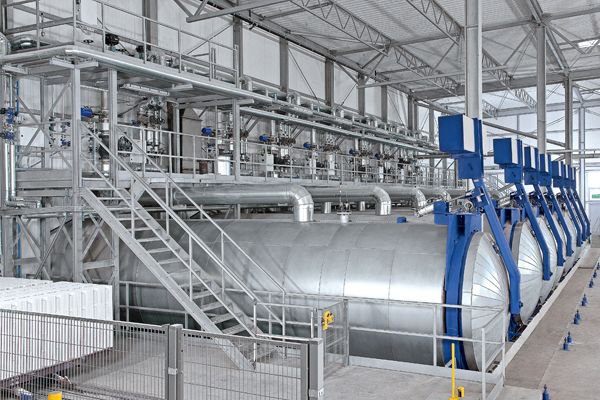
The second option provides for the preliminary moistening of lime, sand and their careful mixing. At the next stage, the mixture enters the silo, where lime is quenched. The silage method of manufacturing silicate bricks requires a lot of time - about 10 times, which makes it less popular and in demand in the construction industry.
Only full compliance with manufacturing technology, the use of high-quality raw materials, the correct dosage of all components and the desired temperature regime make it possible to obtain affordable silicate bricks of the highest quality, while the presence of various impurities and stony inclusions in the sand significantly reduces the strength of the finished product and its useful life.
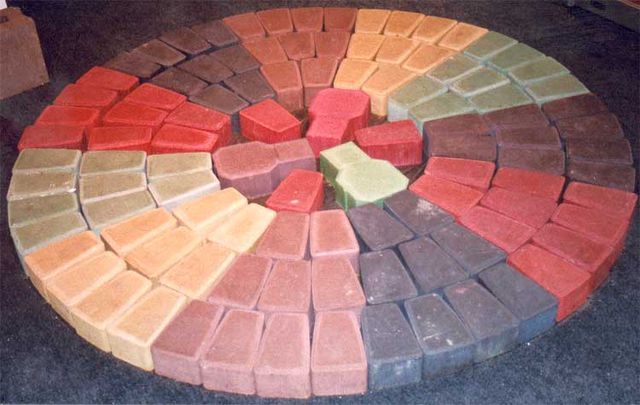
Advantages and disadvantages
Brick silicate, in addition to more economical manufacturing technology and affordability, has a number of distinctive advantages:
- high reliability and environmental safety for the environment;
- low thermal conductivity and the best sound-proof characteristics in comparison with usual brick;
- precise geometry of shapes and attractive appearance, eliminating the need for additional external facade cladding;
- the possibility of obtaining silicate bricks of various shades by adding color pigments to the mixture.
For all these advantages, one should not miss the significant drawbacks that silica brick possesses: low water resistance, frost resistance and fire resistance.
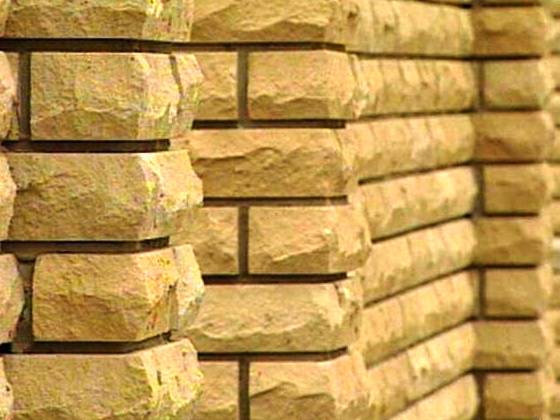
This feature does not allow the use of such a wall material for foundation and basement works, the construction of fireplaces, chimneys and chimneys. But ideally suited for the creation of decorative partitions and load-bearing walls of architectural structures of any purpose.
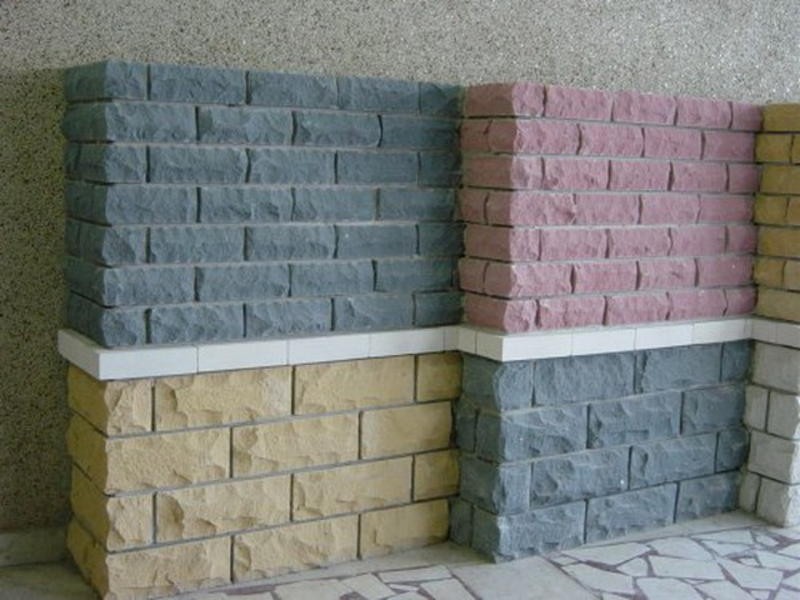
Classification of silicate bricks
The following modifications of silicate brick products are well known in the building environment: hollow, porous and solid bricks. The walls erected from the first two types of bricks are lighter in weight, which significantly reduces the pressure on the main foundation. At the same time, the heat and sound insulation, as well as the strength characteristics of the masonry, do not deteriorate.
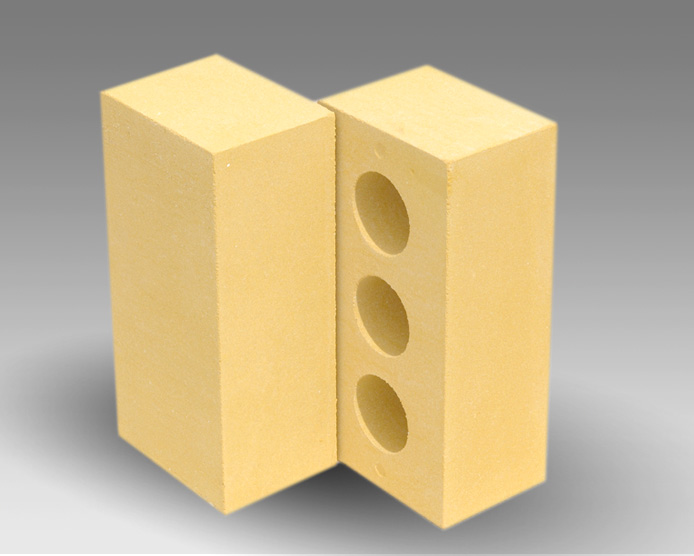
Depending on the purpose, they distinguish facial and ordinary silicate bricks. The main functional component of the facial product is not only to protect the surface of the walls of the architectural structure from mechanical and climatic influences, but also the unique decorative design of the facade. So a relief facing brick of non-standard color creates a unique illusion of natural stone and gives the building a feeling of originality and exclusivity.
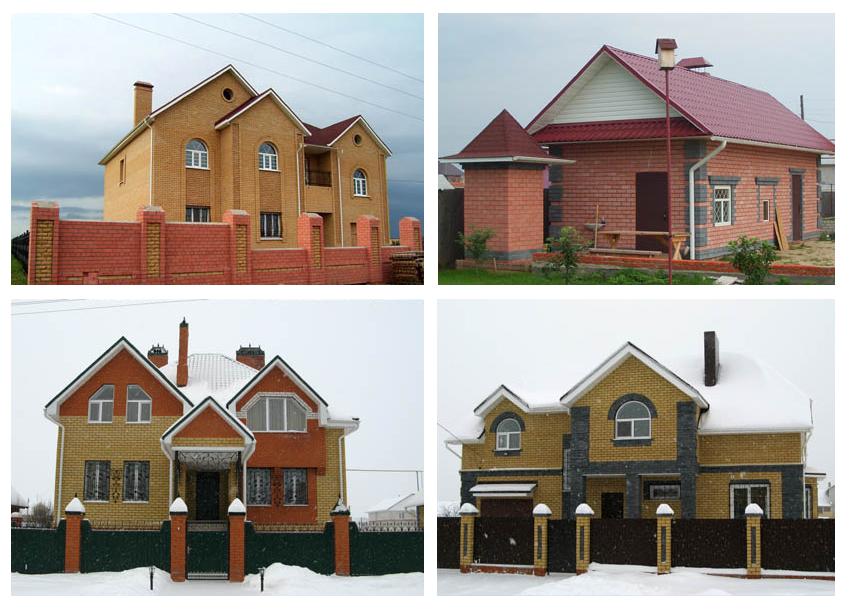
The texture of the face brick can be smooth or rough, the color of natural raw materials or painted. Rectilinear ribs and ideally flat faces, absence of stains and visible defects indicate high quality of brick products.
Depending on the dimensions, the silicate bricks are single, one-and-a-half and, finally, double. The shape of the product can be absolutely anything: from traditional models, and ending with rounded, oval and even angled.
However, what kind of silicate brick you would not choose for construction works, you will always be sure of its excellent technical characteristics, external appeal and strength. Details about the silicate brick you can learn from the video on youtube.


